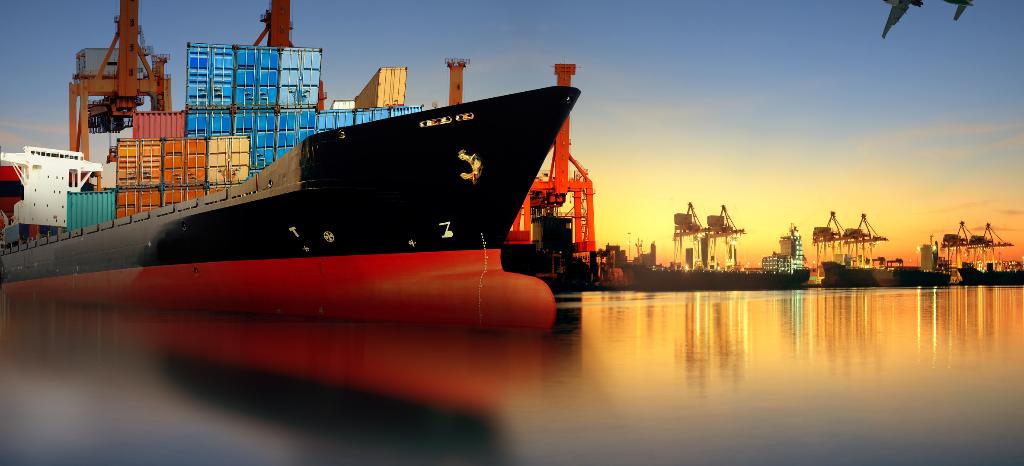What is Pre-Shipment Inspection?
Part 1: Introduction
Pre-Shipment Inspection (PSI), also known as Pre-Export Verification, is a quality control method implemented to ensure that goods meet the required quality standards before they are shipped. This process is typically conducted by a third-party inspection agency and is a crucial step in the international trade process.
The importance of Pre-Shipment Inspection cannot be overstated. It serves as a protective measure for importers against potential risks associated with international transactions, such as receiving substandard goods or falling victim to fraudulent practices. It ensures that the products comply with the buyer's specifications, the agreed-upon contract, and the regulations of the destination country. Furthermore, it helps in avoiding costly import mistakes, saving both time and money for the importer.
Part 2: The Pre-Shipment Inspection Process
The Pre-Shipment Inspection process begins with a request from the importer or the relevant government agency. This request is made to a third-party inspection agency, which is tasked with conducting the inspection. The request typically includes details about the goods to be inspected, the supplier's information, and the destination of the goods.
The actual inspection involves a thorough examination of the goods. This can include checking the quantity, quality, and packaging of the goods, ensuring they match the details provided in the sales contract and the proforma invoice. The inspection can be as simple as a visual check or as complex as lab testing, depending on the nature of the goods and the requirements of the importer.
Once the inspection is complete, the findings are compiled into a report. If the goods meet the required standards, a Clean Report of Findings (CRF) or an Inspection Certificate is issued. This document is crucial for clearing customs and confirming that the goods are ready for shipment. It provides assurance to the importer, the exporter, and the customs authorities that the goods have been independently verified to meet the required standards.
For more detailed information on the Pre-Shipment Inspection process, you can refer to resources such as the Intertek Pre-Shipment Inspection Services and the QIS Pre-Shipment Inspection Procedure.
Part 3: Benefits of Pre-Shipment Inspection
One of the primary benefits of Pre-Shipment Inspection is Quality Assurance. This process ensures that the products being shipped meet the agreed-upon quality standards. It verifies that the goods are in good condition, match the product description, and meet the buyer's specifications. This can help prevent disputes and returns, saving time and money for both the buyer and the seller.
Another significant benefit is Compliance with Regulations. Different countries have different import regulations and standards. A pre-shipment inspection can help ensure that the goods comply with these regulations, preventing potential legal issues and delays in customs. It can also ensure that the goods meet any industry-specific standards or certifications.
Lastly, Pre-Shipment Inspection aids in Risk Mitigation. It helps identify any potential issues with the goods before they are shipped, allowing for corrections to be made. This can prevent costly mistakes, such as shipping defective or non-compliant goods. It also provides a level of protection against fraud, as the inspection is conducted by an independent third party.
Part 4: Frequently Asked Questions (FAQs)
What are the 3 methods of pre-shipment inspection?
There are typically three methods of pre-shipment inspection:
- Document Inspection: This involves checking the shipping documents to ensure they are complete and accurate.
- Physical Inspection: This involves visually inspecting the goods to check their condition and verify that they match the product description.
- Laboratory Testing: For certain types of goods, samples may be tested in a laboratory to ensure they meet the required standards.
Who is responsible for pre-shipment import inspections?
The responsibility for pre-shipment import inspections typically falls on the importer. They are responsible for arranging the inspection and ensuring that it is conducted in accordance with the regulations of their country. However, the inspection itself is usually carried out by a third-party inspection agency.
Who is responsible for arranging the pre-shipment inspection and what is the process?
The responsibility for arranging the pre-shipment inspection usually falls on the importer. The process typically involves selecting a third-party inspection agency, providing them with the necessary information about the goods, and scheduling the inspection. Once the inspection is complete, the agency will provide a report detailing their findings. For more detailed information on this process, you can refer to resources such as the Intertek Pre-Shipment Inspection Services and the QIS Pre-Shipment Inspection Procedure.
Part 5: Conclusion
In conclusion, Pre-Shipment Inspection is a crucial step in the international trade process. It serves as a protective measure for importers, ensuring that the goods they receive meet the required quality standards and comply with the regulations of their country. It also helps in mitigating risks associated with international transactions, such as receiving substandard goods or falling victim to fraudulent practices.
As we move towards an increasingly globalized world, the importance of Pre-Shipment Inspection cannot be overstated. It provides a level of assurance and security in international transactions that is invaluable. Whether you are an importer looking to protect your interests or a government agency seeking to enforce import regulations, pre-shipment inspection is a tool that can greatly benefit you.
In terms of recommendations, it is advisable for importers to always request a pre-shipment inspection before finalizing any international transaction. This can help prevent costly mistakes and ensure that the goods received meet the required standards. It is also recommended to use a reputable third-party inspection agency to conduct the inspection, as this provides an additional level of assurance. For more detailed information on this process, you can refer to resources such as the Intertek Pre-Shipment Inspection Services and the QIS Pre-Shipment Inspection Procedure.
In the end, the goal of Pre-Shipment Inspection is to facilitate smooth and secure international trade. By ensuring that goods meet the required standards and comply with regulations, it helps create a more reliable and efficient global trade system.
People Also Asking:
What is a Pre-Shipment Inspection?
A Pre-Shipment Inspection (PSI) is a quality control procedure conducted by a third-party inspection agency to verify that goods meet the required quality standards before they are shipped. This process is typically requested by the importer and is an essential step in international trade.
Who Pays for Pre-Shipment Inspection?
The responsibility for paying for the Pre-Shipment Inspection usually falls on the importer. However, this can vary depending on the terms of the sales contract. In some cases, the cost may be shared between the importer and the exporter, or it may be included in the price of the goods.
What is the Purpose of Pre-Dispatch Inspection?
The purpose of a Pre-Dispatch Inspection, also known as a Pre-Shipment Inspection, is to ensure that the goods being shipped meet the agreed-upon quality standards and comply with the regulations of the destination country. It serves as a protective measure for importers, helping to prevent disputes, returns, and potential legal issues. For more detailed information on this process, you can refer to resources such as the Intertek Pre-Shipment Inspection Services and the QIMA Pre-Shipment Inspection Procedure.
What is the Pre-Shipment Inspection Agreement of the WTO?
The Pre-Shipment Inspection Agreement of the World Trade Organization (WTO) is an agreement that sets out the rules for the use of pre-shipment inspections. It aims to protect the interests of importers and exporters by ensuring that pre-shipment inspections are conducted in a fair and transparent manner. The agreement covers various aspects of pre-shipment inspections, including the rights and obligations of the inspection agencies, the responsibilities of the importing and exporting countries, and the dispute resolution procedures. For more information on this agreement, you can refer to the World Trade Organisation Agreement on Customs Valuation.




Leave a comment
Please note, comments must be approved before they are published